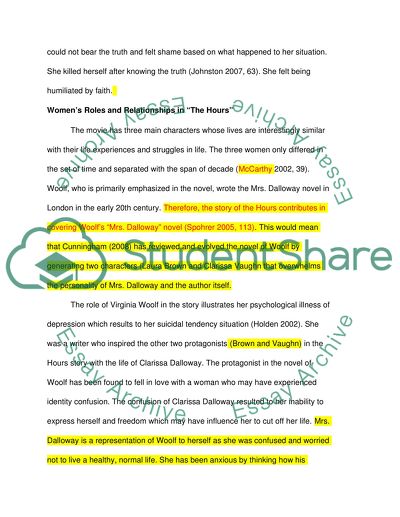Cite this document
(“Freud and Levi-Strauss' explanations of the roles and positions of Essay”, n.d.)
Retrieved from https://studentshare.org/philosophy/1459604-major-essay
Retrieved from https://studentshare.org/philosophy/1459604-major-essay
(Freud and Levi-Strauss' Explanations of the Roles and Positions of Essay)
https://studentshare.org/philosophy/1459604-major-essay.
https://studentshare.org/philosophy/1459604-major-essay.
“Freud and Levi-Strauss' Explanations of the Roles and Positions of Essay”, n.d. https://studentshare.org/philosophy/1459604-major-essay.


